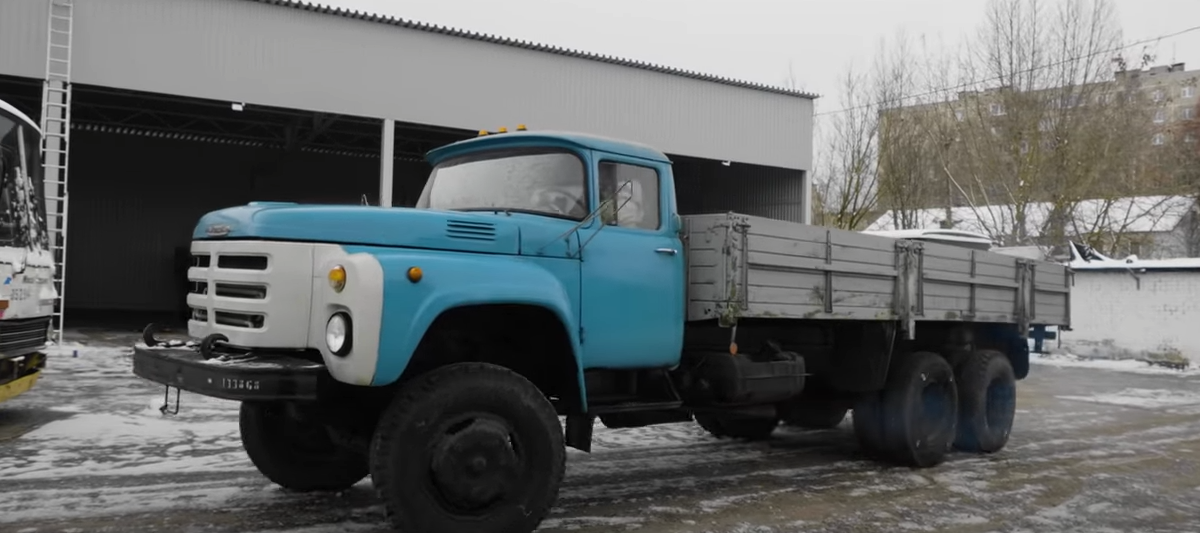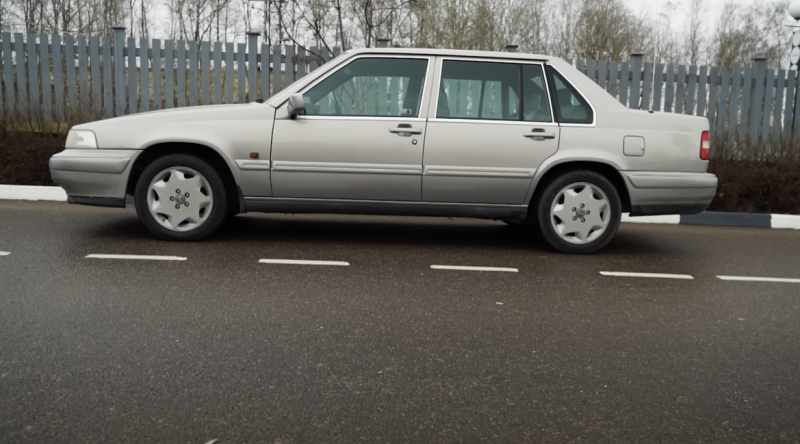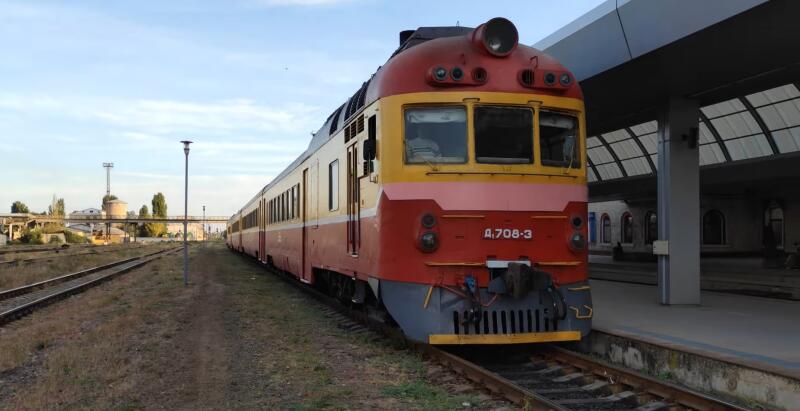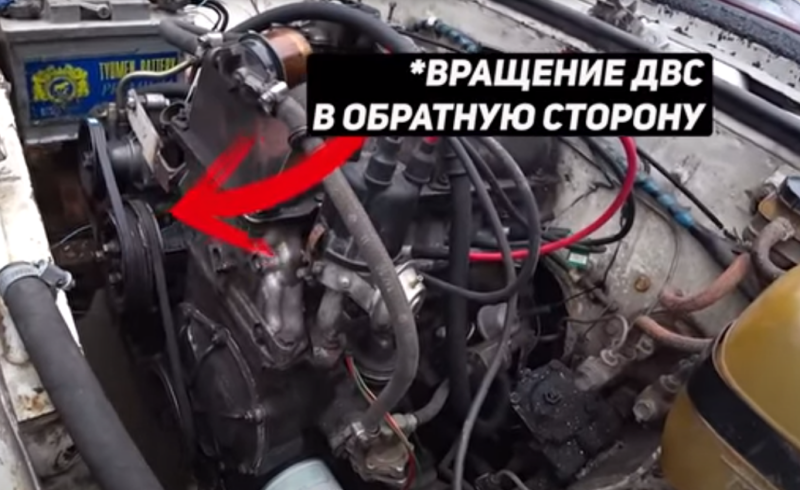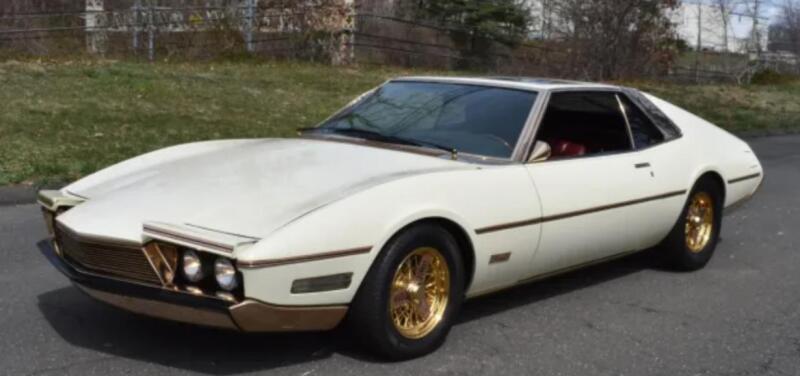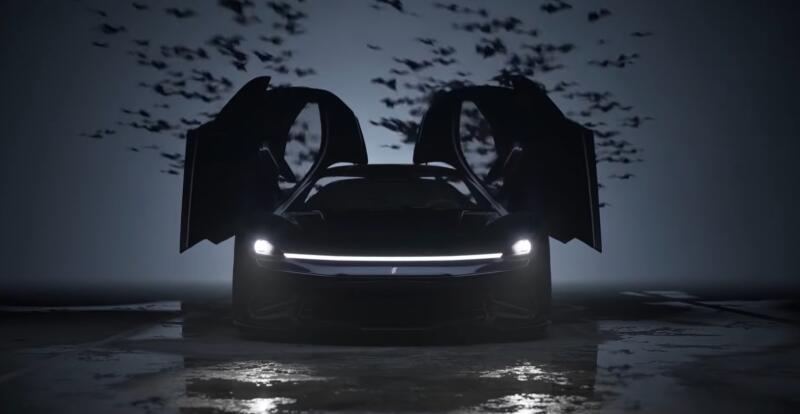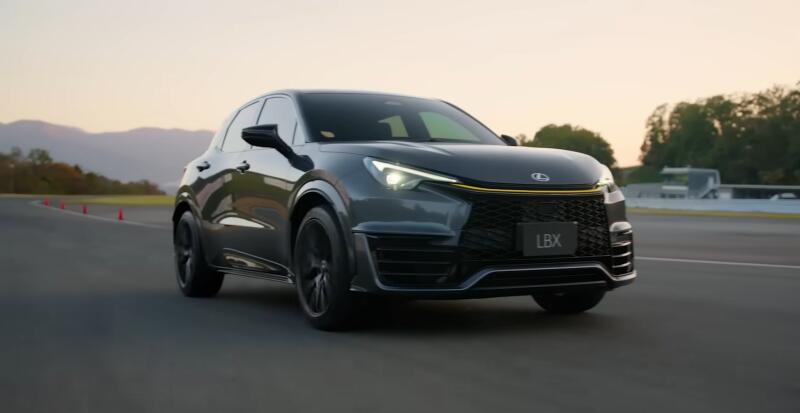There was only one more truck, a civilian one, it differed from other models both in appearance and power. This is ZIL-133, which received several nicknames from Soviet drivers - "Crocodile", "Yaga", "Pike".
The history of the model
The creation of a new truck began in the early 1960s. Then they developed cars of the 130th family and needed a car with a higher carrying capacity in addition to it.
 The body length of the ZIL-133 is impressive. Photo: Youtube.com
The body length of the ZIL-133 is impressive. Photo: Youtube.comIn 1962, when a medium-duty truck was launched into mass production, the first experimental ZIL-133V tractor appeared.
In the next few years, several more cars were assembled. One of them was long-base, and the second was shortened.
Initially, it was assumed that the car would receive a new gasoline engine that would develop 220 hp. With. This power unit was never put into mass production. Therefore, the first modifications of the ZIL-133 received motors from the 130th family. By the way, the new car, the mass production of which was launched in 1975, became the heaviest carbureted truck in the USSR.
The designers of the Likhachev Plant were well aware that equipping such a model with a gasoline engine would doom it to huge fuel consumption. It's one thing - military trucks ZIL-131 and Ural-375D, which do not leave so often. Quite another is a civilian car, which is supposed to be used almost every day.
The first experimental ZIL-133 with diesel engines appeared in 1968. First, under the hood of a three-axle truck, they tried to place the YaMZ-641, an engine being developed for KamAZ. For several years, prototypes were tested with this power unit, but it turned out to be unreliable and problematic in operation.
 KAMAZ-740 engine. Photo: Youtube.com
KAMAZ-740 engine. Photo: Youtube.comIn 1972, ZIL-133 received a new YaMZ-740 engine, a few years later - already KamAZ-740. The car went into mass production with both gasoline and diesel power units.
For the Likhachev Plant, ZIL-133 became the only model of a heavy truck. They didn’t make any bets on it - it was planned to launch the ZIL-170 cabover model into the series, but they forced it to be given to KamAZ.
Features
Although the Likhachev Plant had vast experience in the production of trucks, the new heavy model turned out to be quite controversial. Firstly, the ZIL-130 gasoline engine was not enough for the truck.
Secondly, the middle bridge did not differ in high reliability, as it was underdeveloped by the designers. Drivers complained that the gearbox was difficult to sort out and in most cases useless.
 Cabin ZIL-133. Photo: Youtube.com
Cabin ZIL-133. Photo: Youtube.comThe carrying capacity of the ZIL-133 was 8-10 tons, depending on the modification, so it was often unprofitable to keep such a truck on the hook in the city. The cars were suitable for long-haul flights, although the drivers did not think so.
The ZIL-130 cabin for overnight stays is too cramped. In the 1950s and 1960s it was still excusable, but not in the second half of the 70s. For this reason, most Soviet car depots ordered the ZIL-133 chassis, converted for special vehicles. Cranes were especially popular.
Designers periodically tried to upgrade their offspring:
✅ There were new diesel engines - there were even turbocharged
✅ Installed high-capacity tanks
✅ In 1988, an improved sleeper cab appeared
Despite this, drivers did not like ZIL-133. Those who worked in the city - for its dimensions, and those who went on long flights - for an inconvenient cabin for overnight stays. But the crane drivers did not complain about their fate - a machine with powerful equipment made it possible to earn money on "hack-work".
Although the ZIL-133 was put into mass production after the 130th model, this truck did not shine with reliability in comparison with it. The thing is that heavy equipment for the Likhachev Plant was new, and the model was launched in a hurry.
 ZIL-133 with a trailer. Photo: Youtube.com
ZIL-133 with a trailer. Photo: Youtube.comDespite all the disadvantages, the ZIL-133 turned out to be of better quality than the first KAMAZ models. Gasoline engines of early modifications, despite the lack of power, were easy to repair and operate. KAMAZ trucks, with their underdeveloped diesel engines, had problems with reliability.
Technical specifications
The list of engines installed on the ZIL-133 was varied.
Under the hood of the Crocodile one could see:
✅ Gasoline ZIL-130
✅ Diesel engines with indices 6454 and 6453 from the same manufacturer
✅ KAMAZ-740
✅ YaMZ-236
All power units, except for the first, ran on heavy fuel. The latter is considered the best for the ZIL-133 - it is equipped with a turbocharger.
 Truck tractor ZIL-133. Photo: Youtube.com
Truck tractor ZIL-133. Photo: Youtube.comThe transmission on the truck was set at 5, 9 and 10 speeds. The first two were produced at the Likhachev Plant, the last one was KAMAZ.
Gear shifting engineers well thought out. It was carried out due to the pneumomechanical drive. The use of compressed air helped to work the box without unnecessary force, and the gears could be preselected.
The brakes of the ZIL-133 are serious, as it should be for heavy trucks. The main system is pneumatic, the additional one helped to stop due to engine braking. This increased the overall resource.
There was also the so-called "stop tap". This additional protection helped to stop the car in the event of a failure of the main braking system. The handbrake was powered by compressed air.
Frame, chassis and suspension
Even the ZIL-131 chassis was not suitable for a vehicle with increased payload. The designers of the Likhachev Plant had to develop a new, reinforced frame, consisting of two stamped spars. In order for it to receive sufficient rigidity, it was decided to provide it with five crossbars.
 Dump truck ZIL-133. Photo: Youtube.com
Dump truck ZIL-133. Photo: Youtube.comThe frames are thick and strong - if treated they are still in good condition. Unfortunately, this is rare - old Soviet trucks were used for slaughter, except for special equipment, such as cranes.
Suspensions for ZIL-133 are dependent, spring. Telescopic shock absorbers were also installed in front.
Advantages and disadvantages of the model
The pros and cons of the ZIL-133 should be considered in the light of modernity. The main advantage of the model is its low price. It is difficult to find a truck in good condition now, but if you can do it, it will please the new owner for several more decades. Of course, with proper maintenance.
The model has many more cons. Gasoline options are "low-speed", characterized by high fuel consumption. 50 liters per 100 km / h is normal for such a truck. It is unprofitable to work at such an expense, except on special equipment, such as cranes.
 Military modification ZIL-133 with a single busbar. Photo: Youtube.com
Military modification ZIL-133 with a single busbar. Photo: Youtube.comThe second disadvantage is the problems with finding spare parts. The truck has not been produced for a long time, the manufacturing plant went bankrupt. You have to look for something at flea markets. Some people buy two cars at once - one is used as a parts donor.
Despite the wheel formula 6x4, the truck does not differ in cross-country ability. It is definitely not worth exploiting in the forest.
ZIL-133 did not become as famous as other models of the Likhachev Plant. Despite this, the car turned out to be viable - it was produced from 1975 to 1999. Despite the disadvantages, the model is still remembered by professional drivers, whose career began in the USSR.
